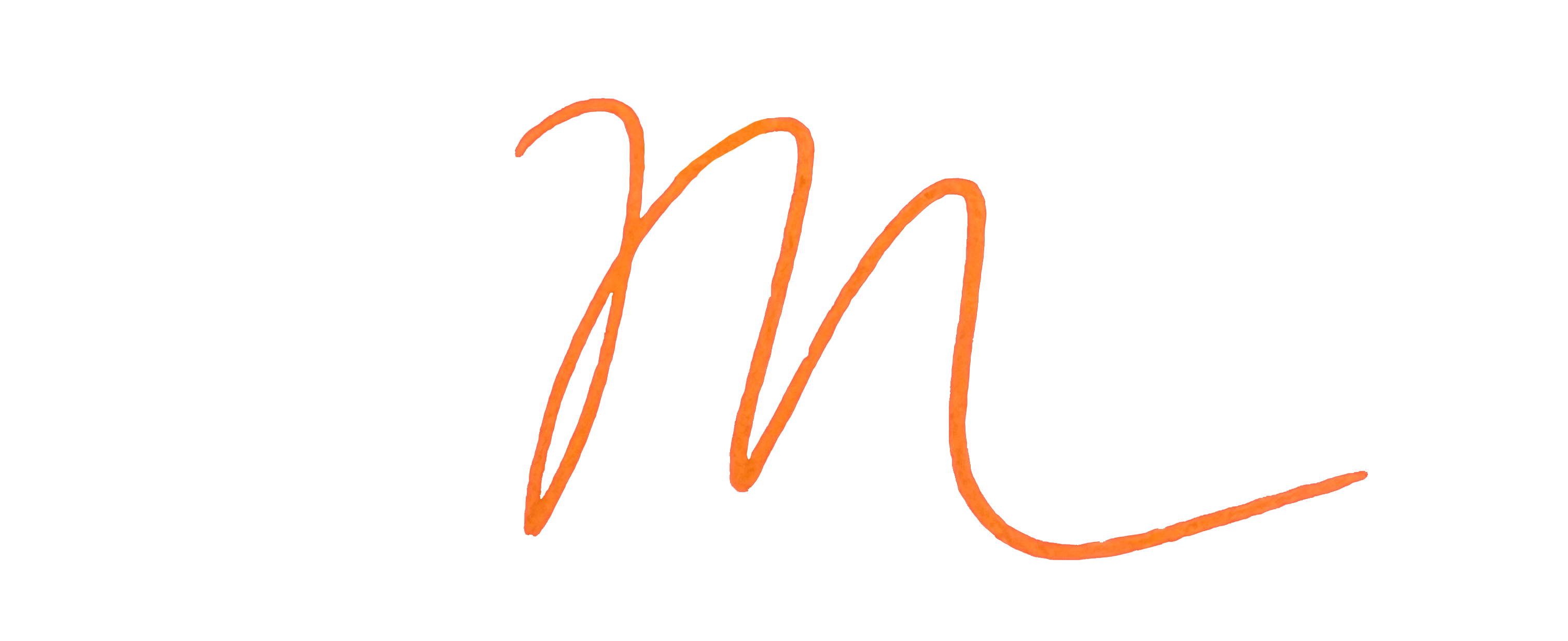Workbench,
Ractem
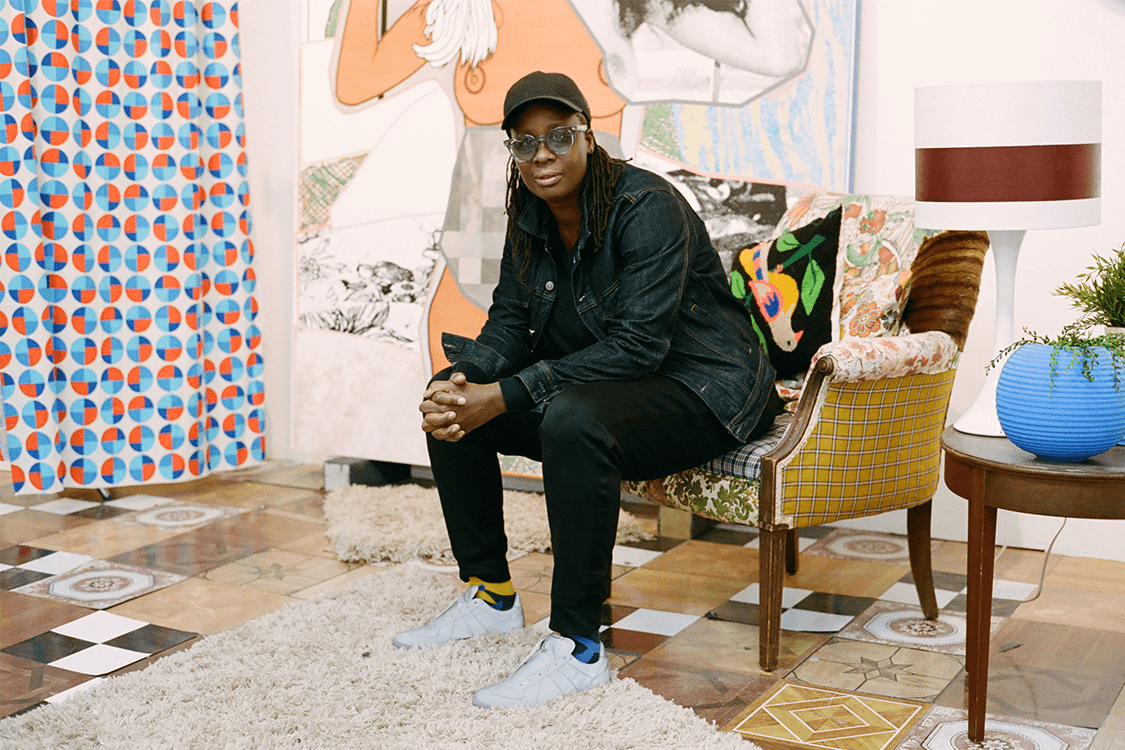
Visual Artist
Mickalene Thomas is a shifter of perception. The African-American artist’s multidisciplinary works, carving a space in art history through celebrating black femininity and sexuality, encompass everything from race and power to beauty and the gaze. Her work is at the intersection of seeing and being seen. The women she features, with Naomi Campbell and Michelle Obama among them, as well as an oeuvre of friends, family and lovers, exude a self-assurance that captivates their viewers “demanding to be seen and acknowledged.”
Her work emerges from a discourse that combines art-historical, political and pop-cultural references through the lens of black and female identities. Mickalene aims to blur the distinction of object and subject, concrete and abstract, real and imaginary. The modes through which culture serves to shape perception across social, spacial and ideological platforms is fundamental to her investigations. Shaped through portraiture, her explorations introduce complex notions of femininity, beauty, sexuality, and challenge common definitions of beauty and aesthetic representations of women.
“The gaze to my work is unapologetically a black woman’s gaze loving other black women,” she says with a laugh that fills her studio in a video for Art Basel. Her subjects’ only objectification is her desire to emulate their femininity, her wanting to possess that and embody it. “It is all about how they want to present themselves,” she says. Her black muses subsist as influential figures that characterise the subjective, and often otherworldly, propositions that Mickalene envisions.
Her mother, Sandra Bush, is a significant one. Many of her works display the magnetism of her charismatic 6 ft 1in mother, standing in her soft-spoken, statuesque strength. Even an epiphany in her pathway to art was seeing African-American artist Carrie Mae Weems’s images of a mother and daughter which she remembers as probably the first time she ever saw herself in art. The following day, she walked into an art-supply store, and the rest was (art) history.
Mickalene recounts Jet magazine as a black, American, cultural media bible, and a fascinating early influence in her life. The magazine’s Beauty of the Week section was “this first notion of beauty” that she viewed equally about who these women are. Her genius is evident in the ability to think in collage, uncovering and playing with layers that reflect life and context, and her use of diverse, bold materials.
“I wanted to be a painter’s painter. But even working abstractly, collage, I was using different fabric and cutting things and putting on surfaces, but I didn’t really call it collage.” When oils proved not enough for the texture she wanted to incorporate, she used textiles reminiscent of her grandmother and glitter and rhinestones, which were cited with evoking pointillism and Aboriginal dot painting.
Resulting in both expansive and intimate images, it was a decidedly political and cultural statement beyond corporeal matters. This felt most evident in her first monumental canvas “A Little Taste Outside of Love” in 2007 featuring her then-girlfriend, standing at an impressive 9ft x 12ft. The work directly responds to European nudes such as Ingres’s Grande Odalisque and Titian’s Venus of Urbino. The sheer scale of the work was purposeful in portraying impact. “People need to come in contact with this body, be face to face with it. It is the ultimate sense of validation and the claiming of space.”
Through painting, photography, collage and installation, Mickalene’s strategies include appropriation, whereby deconstructing and repurposing formal and conceptual artistic iconology is developed to re-evaluate its context. Her study of French impressionism, European modernism and pop art plays a formative influence; wherein pioneers including Bearden, Neel, Matisse, Manet and Warhol activate her interest and approach.
Through her time at Yale where she received her MFA, Mickalene was stunned to discover that Manet and Matisse used black and north African models and that Matisse based many of his famous drawings on black women. Recognising history’s removal of these women from the conversation, she restarted it by placing black women in the poses from Western art’s most significant works. For instance, swapping Manet’s Le Déjeuner sur l’herbe with its three clothed men and a nude woman, for three fully dressed, black women oozing a powerful sense of self. “When you remove others from the conversation, you are stating that they don’t exist,” she says. “When you are never seeing yourself, you don’t feel as though you have a place in society.”
The photography classes she was encouraged to take during graduate school were equally transformative. Beginning to look at and thinking about the black body and media, and particular stereotypes around the notions of beauty persuaded her to start thinking about her own body, her own life and her relationship to her mother. Mickalene went back to her hometown of New Jersey, photographing her mother as Pam Grier, as well as photographing herself.
“The need to see myself more in my work, I couldn’t deny it. I remember the day I started to paint myself, and that began by photographing myself as women that I grew up idolising such as Naomi Sims who was a black model in the 70s, one of the first for her time to speak for black women and their wellness.”
Today, the demand for Mickalene’s work and exhibitions keep expanding. Her work is in permanent collections of the Museum of Modern Art, Whitney Museum of American Art, The Guggenheim and the Art Institute of Chicago to name a few. While she receives the overdue appraisal after being sidelined for years, her interests seem to lie more in coaction and sharing.
You can tell by Mickalene’s introduction of herself including the word collaborator how crucial purposefully sharing the spotlight is to her. Better Nights, her exhibition at the Bass Museum during Basel Miami 2019, featured and highlighted over 20 visual artists and performers in an immersive installation, reimagined based on Polaroids she found of her mother. This inclusion of other artists in her exhibitions, most recently Derrick Adams and Devin N. Morris for Baltimore Museum of Art’s Mickalene Thomas: A Moment’s Pleasure, has been hailed as an action with the idea of how the art world can create positive change beyond aesthetics.
However, even Mickalene’s definition of aesthetics is a significant agent for change in and of itself. Her portrayal of beauty is not about the traditional concepts, but rather something more abstract that has to do with perseverance. “These women are defining another way of how we look at what is beauty. Because it is not necessarily just the surface, it is also the action. How they define themselves. And how they withstand circumstance and obstacles. That’s always been something that I look to for women that I am celebrating in my work.” And it is definitely the essence of Mickalene herself as an artist.
By Defne Saricetin for Semaine.
Photography by Georgia Hilmer.
Explore a captivating blend of artistic masterpieces and natural beauty with this collection of iconic destinations.
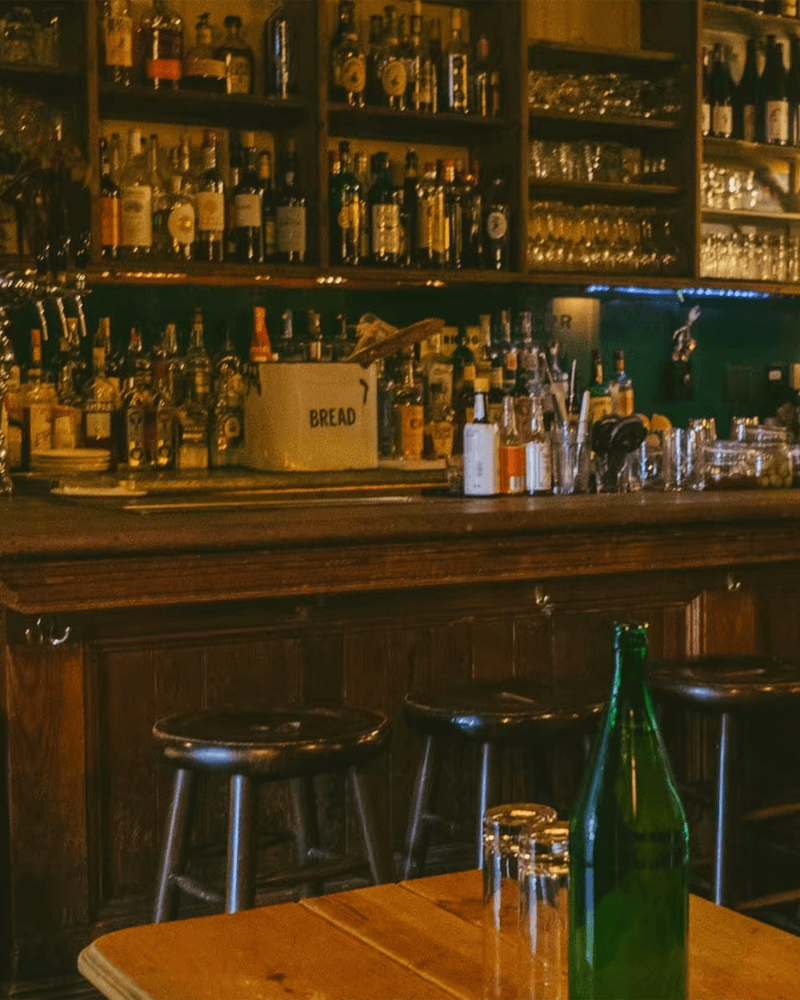
"Best oysters and brick oven roasted chicken"
81 Broadway, Brooklyn, NY 11249,
United States
Explore the spirit of revolution, creativity, and transformation—including the radical art and activism of Black women and cultural shifts.
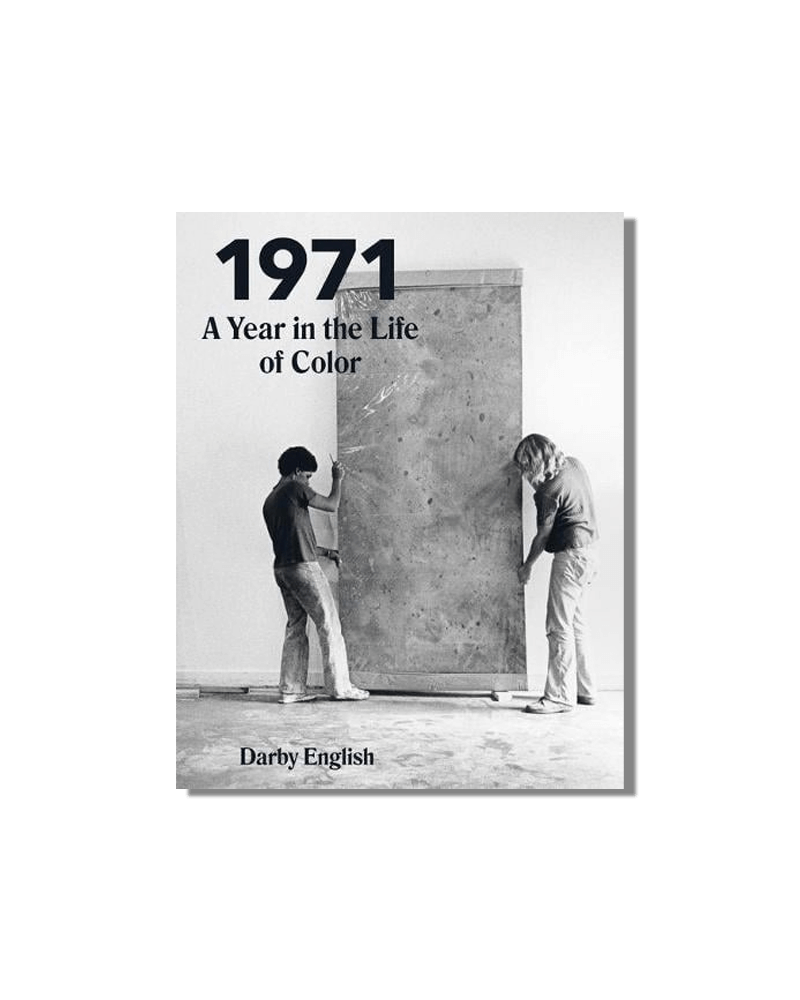
£35
"Explains about two exhibitions in 1971 that brought modern art to the United States, specifically featuring black artists. It delves into the desire of artists’ of color to have representation, defining the black aesthetic and black discourses. It’s also the year I was born."
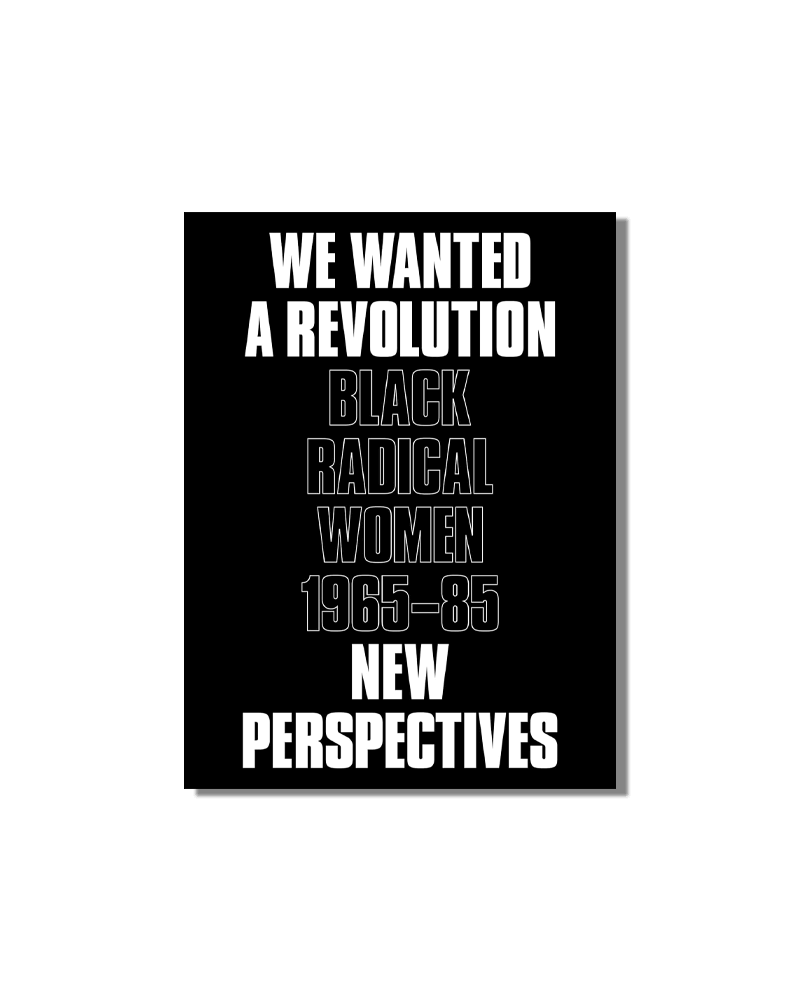
£85.21
"A great anthology, one of those books everyone should have on their shelf as a resource. It is about an exhibition at the Brooklyn Museum and talks about the emergence of the second wave of feminism. If you are a female black artist, this is a must-read, it showcases black women artists who have paved the way for me to be who I am today."
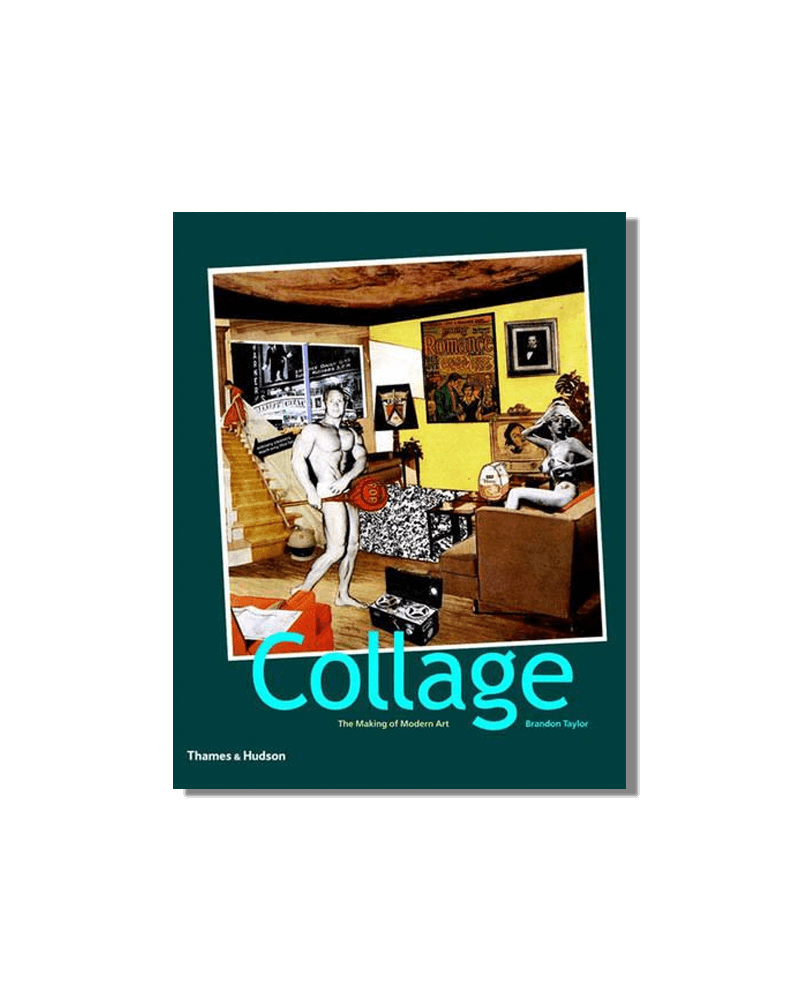
£37.99
"As a Collage artist, it's a masterful understanding of the making of collage - exploring the formal aspect of collage, the theoretical, as well as the complexities of composition and material - a survey of technique and the various ways one can access conversation with their work. This is one of my favourite books."
Where bold storytelling, supernatural forces, and raw depictions of life collide in narratives that challenge and inspire.
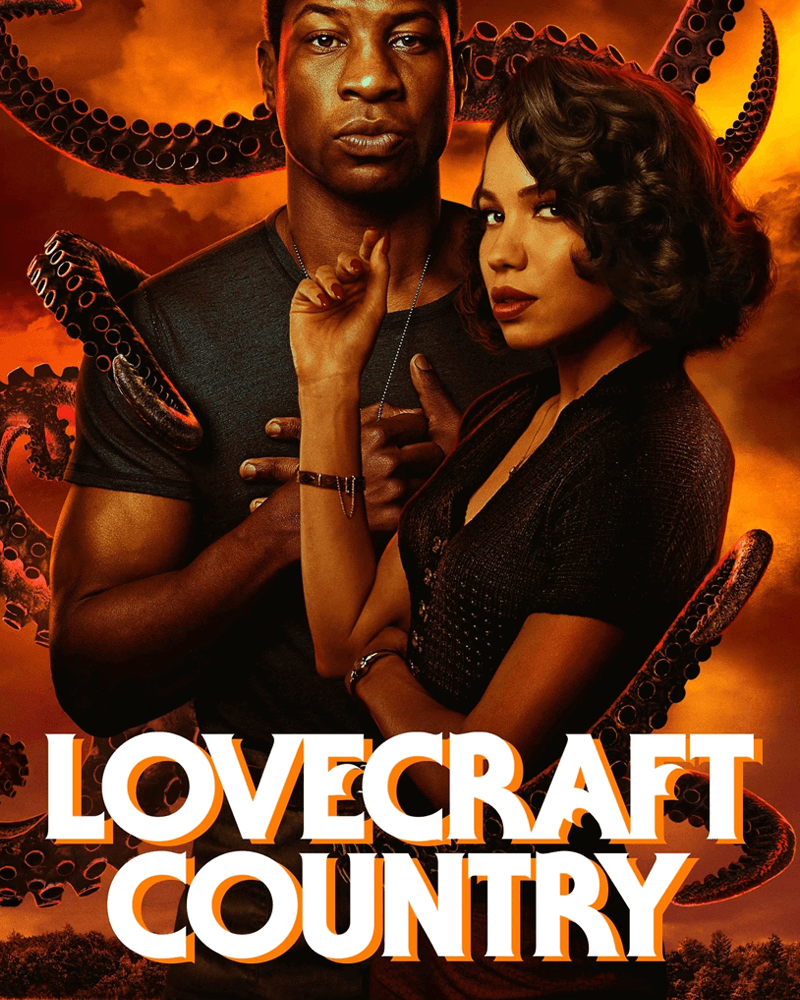
"Everyone needs to watch this! It’s Black surrealism, a kaleidoscope of american horror, presenting american horror as truth through a black lens. It’s hard to separate fact from fiction. Some of the dark fantasy happens in reality."
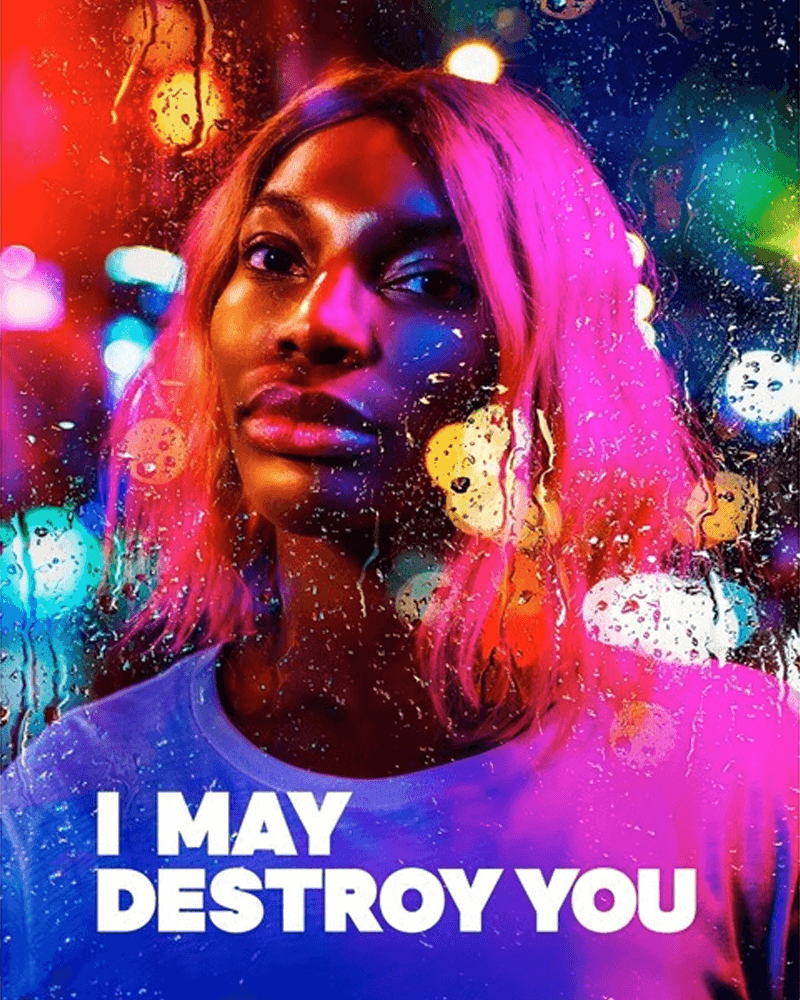
"I enjoy anything Micheala Cole does. Her sense of humor, sarcasm, wit and brings forth hard to discuss complex issues. She is using TV as a medium to address complex and difficult themes of trauma and how they relate to women of color. She is an incredible writer who addresses the heavy subject matter very well, to see that storyline for a black woman is radical."
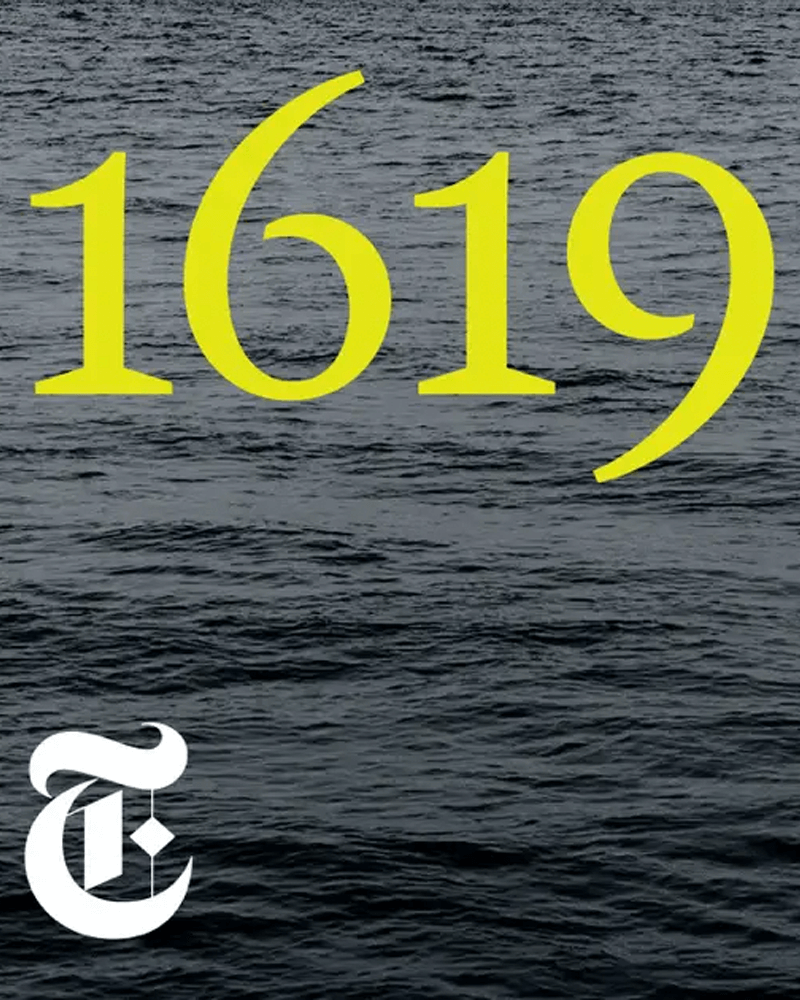
"I like the host, Nikole Hanna Jones. It challenges what I thought I knew about American history, black history. It inspired me to want to create change in my world and have a better understanding of why the things are the way they are. Specifically if you are Black American, or any American, this podcast is A MUST."
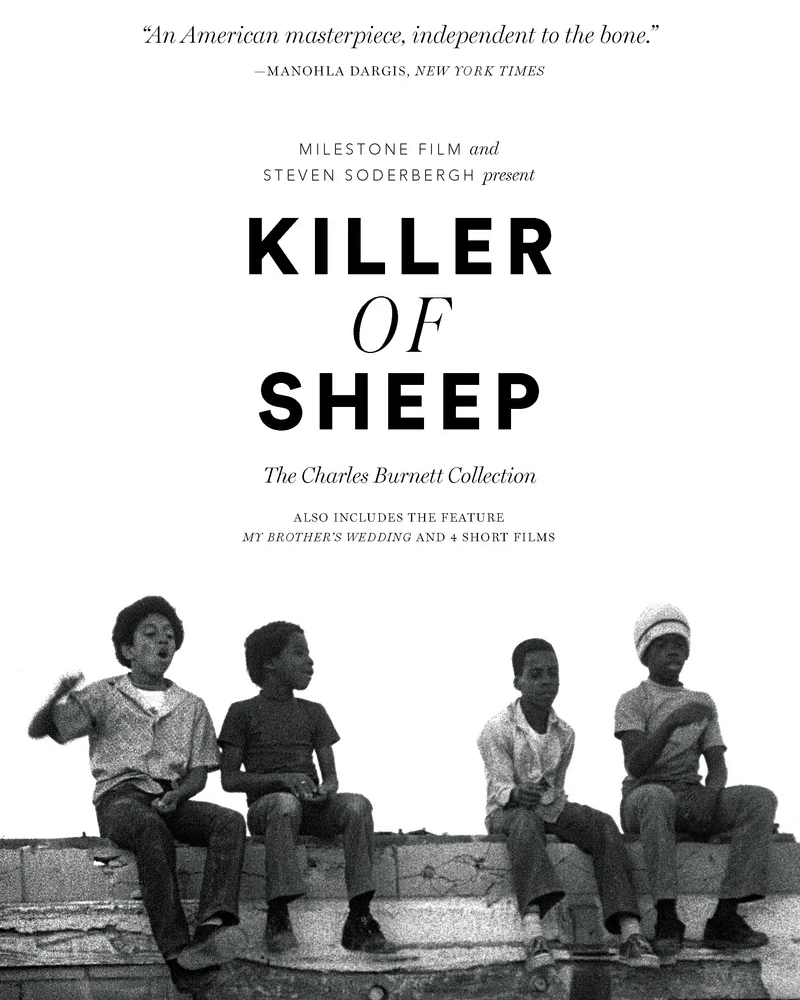
"Filmed in the mid-seventies, the film examines the Watts neighborhood in Los Angeles, depicting black urban Americans using neorealism, the wonderful storytelling is woven together with a series of vignettes.The beauty of the film is the slowness of the pace and cinematography. The film was made on a very small budget ($10k), it inspired me as a filmmaker, that I can achieve something very meaningful without a big budget."
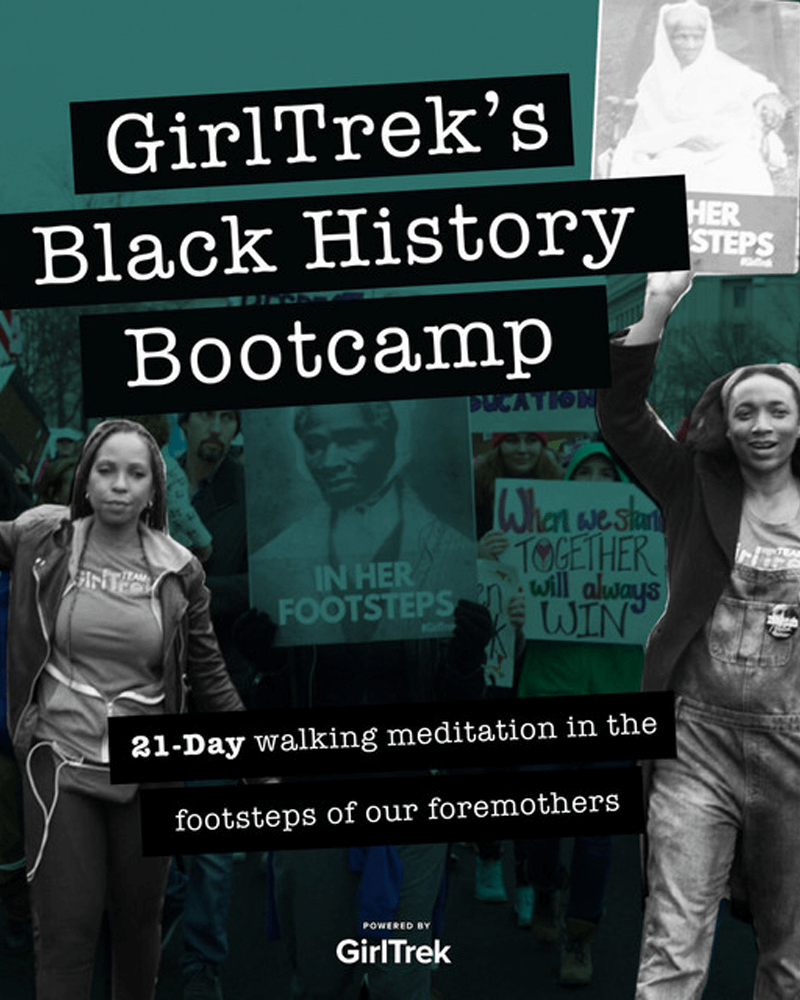
"GirlTreks Black History Bootcamp: Morgan Dixon and Vanessa Garrison It’s a health movement for Black women - Morgan Dixon and Vanessa Garrison, started a 21-day walking meditation, while also celebrating Black stories to inspire Black women to walk everyday and practice self-care and self-love. I love that it is a community based podcast that encourages Black women to be their best selves, it promotes self-awareness around black women's health. Each 30 min segment takes you on a journey learning about iconic Black women who have created an impact in America - who have done incredible things in the world and they bring insight and information that you would not otherwise know about."

Become a member today to enjoy all our Tastemakers address recommendations on our interactive travel guide world map!
SUBSCRIBE NOWWhat does the word “taste” mean to you?
Mickalene:
It’s personal, expressive, innovated, sophisticated, sensual and playful—a Visionaire.
Do you have a life motto that you live by?
Mickalene:
Well behaved women rarely make history – being disruptive creates transformation.
What was the last thing that made you laugh?
Mickalene:
Today, a group of NYPD driving around in a party bus blaring house music
What are your favourite qualities in a human being?
Mickalene:
That we fail at being great. Our greatest failure, that in itself is our greatness.
Who is your hero?
Mickalene:
Many of the women in my life have created space for me to grow and become the person I am today. My Mom, Grandmother, Aunties and all the other black and brown women who have created space and platforms for me to stand on.
What is your biggest flaw?
Mickalene:
Generosity.
What is your best quality?
Mickalene:
I’m generous.
What would your last meal on earth be?
Mickalene:
Probably a bowl of strawberries, I’m highly allergic.
What does success mean to you?
Mickalene:
Setting personal goals and achieving them.
If you had the power to change anything you wanted in the world, what would you change?
Mickalene:
The only thing I have power to change is myself, by changing myself, it changes the world around me.
